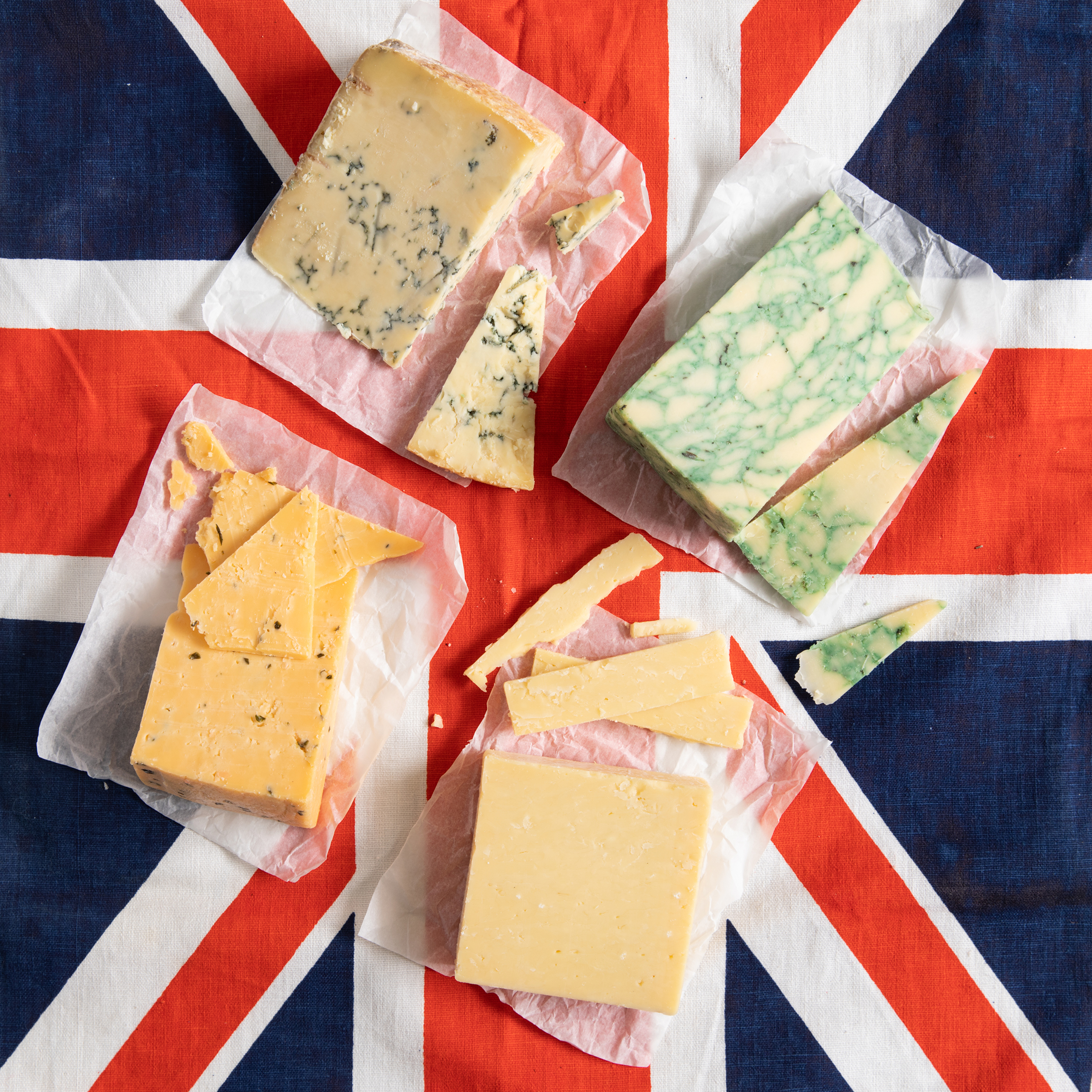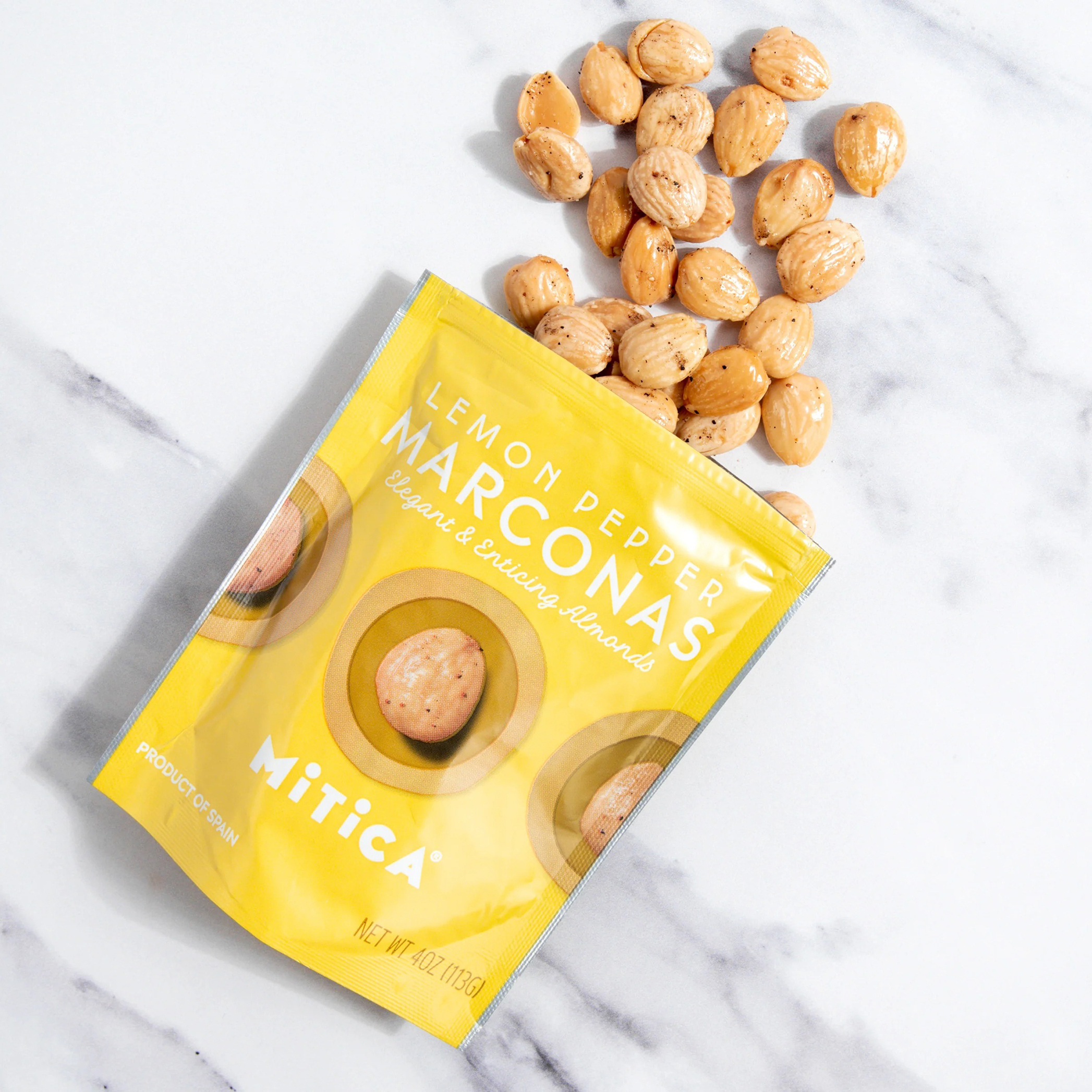Guide to Cheese Types
Costa Rica Coffee - Gourmet Guide
June 12, 2019 | By Dave Mattingly
Imported Coffee Store
Whole Bean, 100% Arabica Coffee
Costa Rica Coffee Production
Costa Rica is known for producing some of the best gourmet coffee in the world. Coffee production began in Costa Rica in the 1700s. Costa Rica began exporting its coffee in the 1800s but it wasn't until it was imported to London that Costa Rican coffee became world renowned. Coffee plantations became more common as the Costa Rican government encouraged farmers to harvest coffee plants. Revenue from coffee production quickly grew, surpassing tobacco and sugar. By the 1900s the Costa Rican economy became directly tied to the production and international import of its coffee. As a result, Costa Rica's economy would consistently feel the impact of fluctuating coffee prices.
Costa Rica has the ideal soil and climate conditions for the production of coffee. Their Central American soil is slightly acidic and enriched with volcanic ash. The finest Costa Rican coffee is produced from November through March at altitudes greater than 3,900 feet. Most of the country's coffee is produced in the mountains, where the microclimate offers the perfect balance between sunlight and precipitation. These high altitudes make Costa Rican coffee difficult to harvest and as a result more expensive to produce.
Arabica coffee was introduced to Costa Rica directly from Ethiopia, and due to Costa Rica's ideal growing conditions, it is the only country which prohibits production of any other variety of coffee besides Arabica. The Arabica plant produces green fruits which turn red when ripe. There are seeds within the fruit that we call "beans". The fruit are harvested by hand and then taken to state-of-the-art facilities for processing. Costa Rican coffees beans offer a range of flavors, most being rich in aroma and bright with delicate acidity and a full-bodied flavor.























































